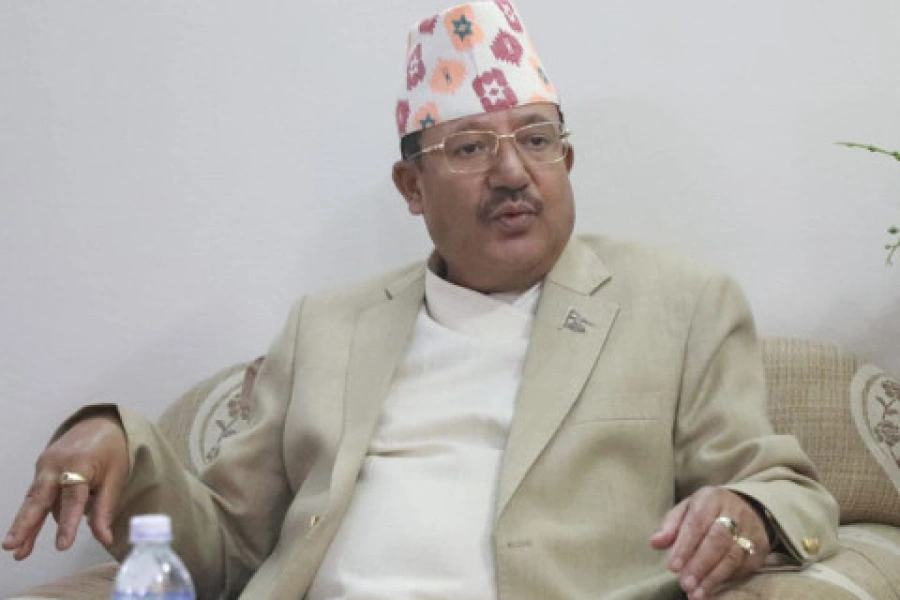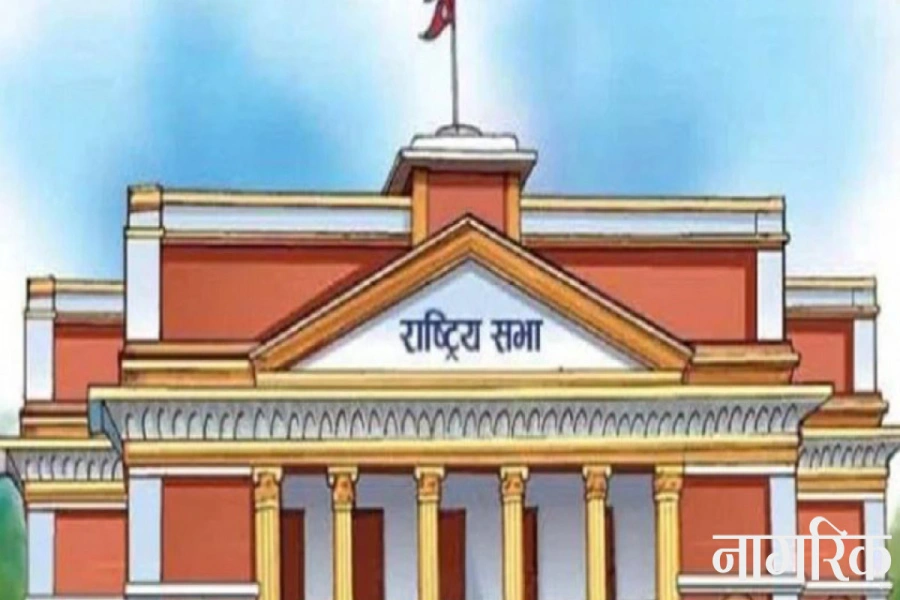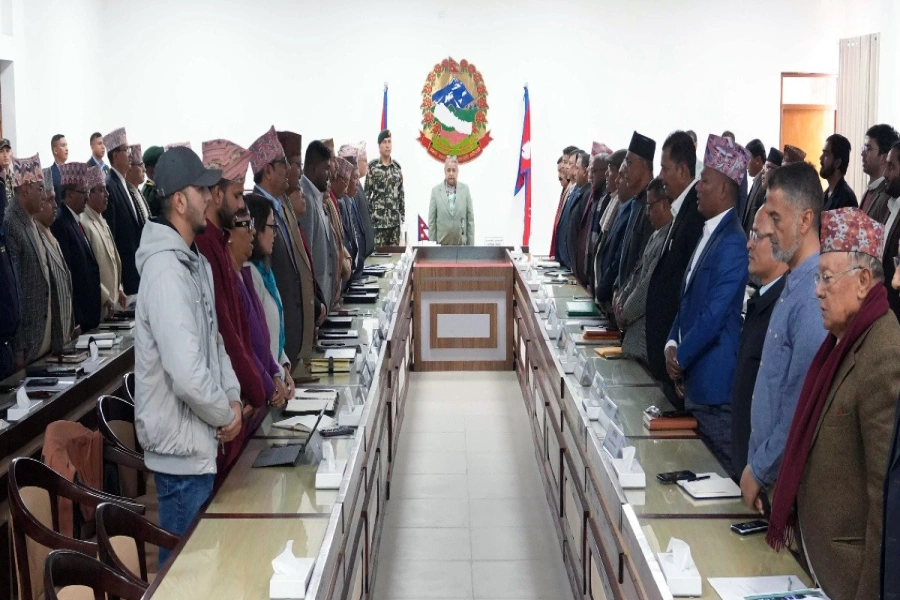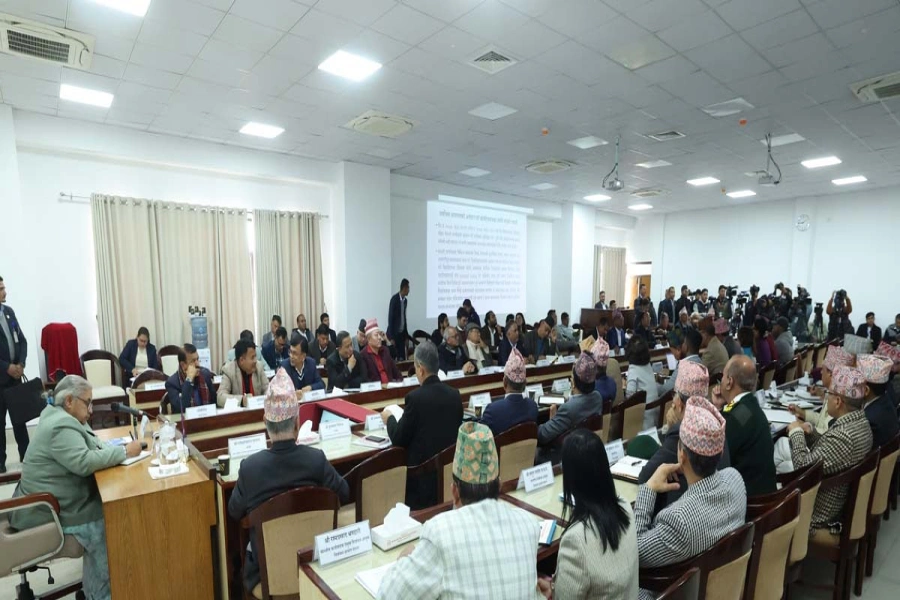As the country moves forward with the slogan of ‘build back better,’ it is important to consider 16 indicators of minimum school safety
While a tin roof building of a single storey badly damaged by the 2015 April Earthquake is awaiting reconstruction, classes are being run in two partly damaged buildings. This is what you see upon visiting Shree Sunrawati Primary School of Bhimeshwor Municipality in Dolakha. The situation of Shree Siddhakali Primary School in Kamalamai Municipality Sindhuli, which is about an hour walk from the Banepa-Bardibas Highway, is no different.
The 2015 earthquake hit our schools most. Total of 584 students lost their lives and 49 teachers from schools and colleges were killed, as per the data from Ministry of Education, Science and Technology.
“We have retrofitted one of the buildings of our school,” said the principal of a public school in Kirtipur when asked about school safety. Oftentimes, school safety is only viewed in terms of the strength of physical infrastructure when in fact it encompasses much more than that. The global comprehensive school safety framework broadly categorizes school safety into three pillars: safe learning facilities, school disaster management, and risk reduction and resilience education. This wider concept of school safety is well recognized by the government and is also reflected in its School Sector Development Plan (2016-2023) as well as the Comprehensive School Safety Master Plan (2017). With the aim of maintaining the minimum standard for school safety in schools throughout the nation, the government has of late brought ‘Minimum Package.’ It consists of 16 indicators that are doable and are based on the three pillars.
E-learning centers in Banepa community schools

Minimum package
Under the first pillar (safe learning facilities), Minimum Package focuses on assessing structural safety, identifying activities to achieve minimum structural safety, implementing these activities and assuring quality in all types of construction and rehabilitation activities. Schools might need to seek help from engineers to assess structural safety. Under the second pillar of school disaster management, the package emphasizes defining the roles and responsibilities of the school management committee, assigning focal persons, developing their capacity, planning, implementation and coordination. Currently, many schools have specified a teacher to address the issues of gender and child protection. For better management, the package particularly highlights the need to assign separate focal persons for disaster and gender equality and social inclusion issues. The package focuses more on disaster preparedness—unlike the traditional focus on disaster response—and also covers the issues of inclusiveness, child protection and school as a zone of peace.
More specifically, a school’s action plan needs to reflect risk reduction activities, preparedness activities for response, child protection activities, and school continuity activities. And it needs to be incorporated in School Improvement Plan (SIP).
Under the third pillar, that is risk reduction and resilience education, the package underlines sessions on school safety, disaster risk reduction and child protection as specified in the curriculum. It also stresses school safety related extra-curricular activities and informal promotional events, awareness raising sessions on child protection and “school as a zone of peace” and interaction sessions between school and parents to raise awareness on disaster risk reduction in schools and communities. As the country moves forward with the catchy tagline of ‘build back better,’ it is equally important to consider the 16 indicators essential for minimum school safety.
Ensuring compliance
To make sure that these indicators are adopted by all the schools in a sustainable fashion, they must first appear in the SIP. That is where the trouble begins. Even though private schools have their annual school development plans, many hesitate to own up SIP, which is openly embraced by government schools. Many schools are already struggling to make their SIP. If you are friendly, some of the head teachers will brazenly tell you that they bought their SIP from a local store. Yes, that happens in Nepal. The government has made an effort to curb this. There is even a government’s guideline to prepare SIP. But that is clearly not enough. Schools will need training to boost their confidence to prepare and update the SIP on their own. But before that, the government’s SIP guideline might already need revision to incorporate the 16 indicators of school safety identified by Minimum Package.
The earthquake of 2015 spurred a chain of developments in disaster and school safety scenario of Nepal. The government introduced National Disaster Risk Reduction and Management Act last year. Draft of safe school policy has also been prepared. But such policies have not been implemented. Policies are useless if they are not supplemented by tools and guidelines to actually help the implementation process. In fact, a myriad of tools for school safety have been prepared in Nepal. Different I/NGOs continue to prepare different tools as part of their project activities. These tools are applied in project areas for a limited period of time. And they last till the projects last. And then similar tools are prepared by other projects.
It is sad that a tool which is prepared using so much time and resource is forgotten thereafter. Even if one wishes to gather all the tools, it might not be possible. First of all, they are scattered throughout the country. Second, it is up to the organizations that prepare the tools and materials whether to share them or not. While the efforts of different organizations in formulating such tools are praiseworthy, it is also worth questioning the meaning of it all if there is no ownership. The government has the power to create a common national standard. Standardization and harmonizing of tools is of paramount importance. In this context, the introduction of the Minimum Package which covers all aspects of school safety seems relevant. The package has emerged as a beacon of hope in the school safety scenario of Nepal. It remains to be seen how the package will be implemented.
It is up to the general public to monitor progress and put pressure on responsible parties to ensure comprehensive school safety.
The authors work with National Disaster Risk Reduction (NDRC) Nepal




































